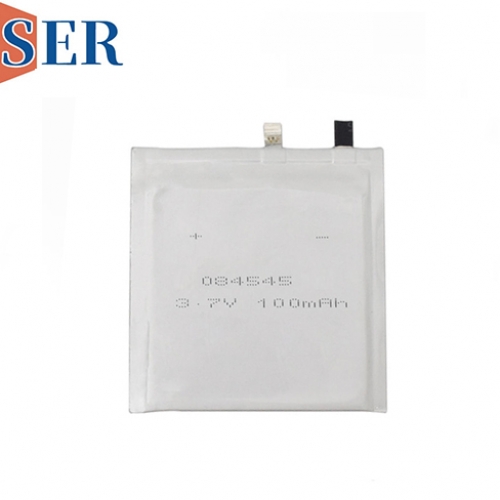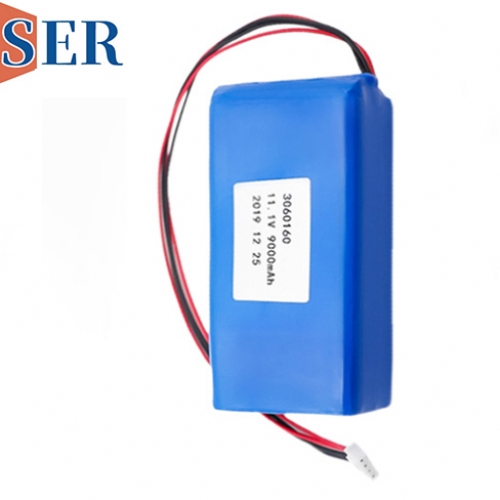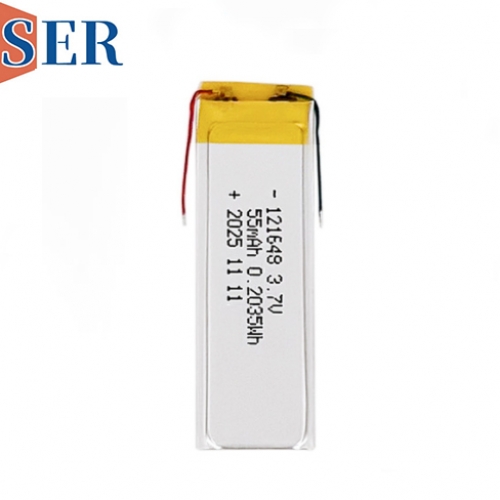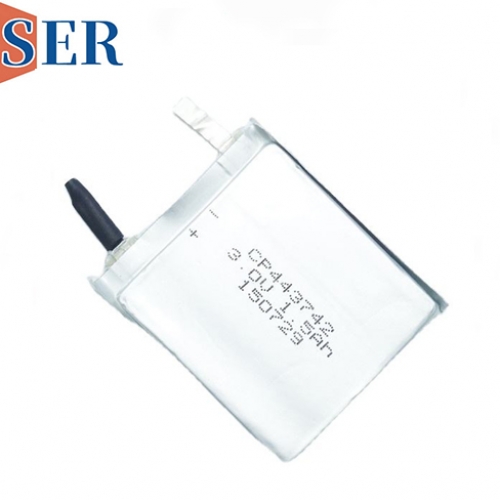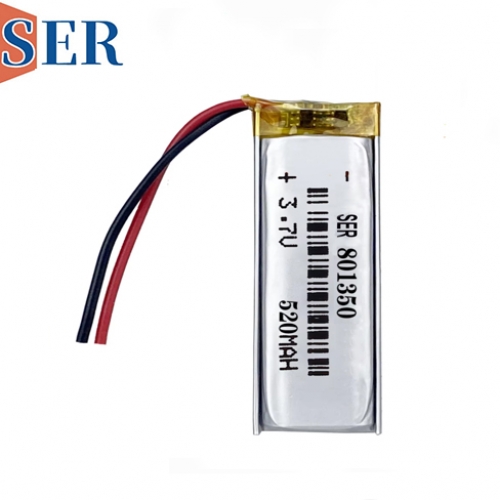Low and High Temperature Lithium-Ion Polymer (LiPo) Batteries: Innovations and Performance Characteristics
Low and High Temperature Lithium-Ion Polymer (LiPo) Batteries: Innovations and Performance Characteristics
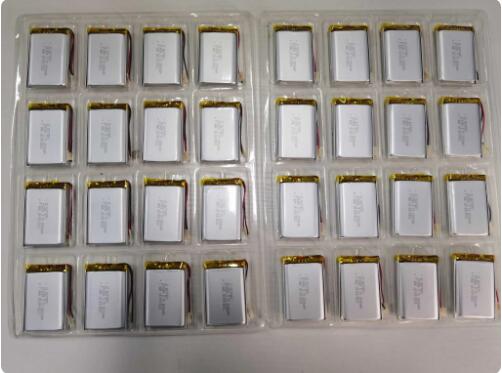
Abstract
High and low temperature LiPo batteries represent a significant advancement in energy storage technology, addressing the inherent limitations of conventional batteries in extreme environmental conditions. By leveraging innovative design concepts, advanced material formulations, and rigorous manufacturing processes, these specialized batteries offer enhanced performance, safety, and longevity. This article explores the development, performance characteristics, applications, and future prospects of high and low temperature LiPo batteries, highlighting their role in enabling reliable operation across diverse industrial and consumer applications.
1. Introduction
The demand for batteries capable of operating efficiently in extreme temperature conditions has grown exponentially with the expansion of industries such as aerospace, automotive, military, and outdoor electronics. Traditional lithium-ion batteries often suffer from reduced performance, shortened lifespan, and safety risks when exposed to high or low temperatures. High and low temperature LiPo batteries address these challenges through innovative engineering, ensuring consistent performance and reliability in harsh environments.
2. Development of High and Low Temperature LiPo Batteries
2.1 Innovative Design Concepts
High and low temperature LiPo batteries are engineered with a focus on optimizing the battery's chemical and physical properties to withstand extreme conditions. This involves:
Electrolyte Formulation: Specialized electrolytes with enhanced thermal stability are used to maintain ionic conductivity at high temperatures and prevent freezing at low temperatures.
Electrode Materials: Advanced anode and cathode materials, such as modified graphite and high-voltage cathodes, are selected to improve charge/discharge efficiency and structural integrity under temperature extremes.
Separator Technology: Innovative separators with improved thermal resistance and ion transport properties ensure safety and performance across a wide temperature range.
2.2 Advanced Material Systems
The development of high and low temperature LiPo batteries relies on cutting-edge material science:
Solid-State Electrolytes: Transitioning to solid-state electrolytes enhances thermal stability and reduces the risk of thermal runaway, making batteries safer and more reliable at elevated temperatures.
Nanostructured Electrodes: Nanostructuring of electrode materials increases surface area and reduces diffusion pathways, improving low-temperature performance by facilitating faster lithium-ion transport.
Thermal Management Coatings: Applying thermal management coatings to battery components helps dissipate heat at high temperatures and retain warmth at low temperatures, maintaining optimal operating conditions.
2.3 Rigorous Manufacturing Processes
Manufacturing high and low temperature LiPo batteries involves stringent quality control and precision engineering:
Cleanroom Environment: Production in cleanroom facilities minimizes contamination, ensuring consistent battery performance and longevity.
Advanced Coating Techniques: Precision coating of electrodes and separators ensures uniform thickness and composition, critical for maintaining performance under temperature stress.
Formation and Aging Protocols: Specialized formation and aging processes stabilize the solid-electrolyte interphase (SEI) layer, enhancing cycle life and thermal stability.
3. Performance Characteristics of High and Low Temperature LiPo Batteries
3.1 High-Temperature Performance
High and low temperature LiPo batteries exhibit exceptional performance at elevated temperatures:
Thermal Stability: When shelved at 70 °C for 24 hours, the volume change rate is less than 0.5%, indicating minimal swelling or degradation.
Safety at Extreme Temperatures: Shelving at 85 °C for 48 hours with full power does not result in tympanites (swelling), fire, or explosion, demonstrating robust thermal safety.
Consistent Performance: The batteries maintain high capacity retention and discharge efficiency even after prolonged exposure to high temperatures, ensuring reliable operation in hot climates or industrial settings.
3.2 Low-Temperature Performance
One of the standout features of these batteries is their exceptional low-temperature performance:
High Capacity Retention: At -20 °C, discharging at 0.2C rate retains more than 98% of the initial capacity, ensuring minimal performance loss in cold environments.
Extreme Cold Performance: At -40 °C, the battery capacity exceeds 90% of the rated capacity, making it suitable for applications in polar regions or high-altitude environments.
Enhanced High-Rate Discharge: Special technology enables increasing the discharge current from 0.2C to 1.0C at -40 °C, providing the necessary power for high-demand applications in cold conditions.
Ultra-Low Temperature Operation: Even at -50 °C, the full discharged capacity exceeds 50% of the rated capacity, showcasing the battery's ability to function in extreme cold.
3.3 Long Cycle Life, Low Power Consumption, and High Safety
High and low temperature LiPo batteries offer several additional advantages:
Extended Cycle Life: The batteries endure more than 400 cycles, with many designs achieving up to 1200 cycles, ensuring long-term reliability and cost-effectiveness.
Low Self-Discharge Rate: Minimal self-discharge preserves battery capacity during storage, reducing the need for frequent recharging.
Enhanced Safety Features: Built-in safety mechanisms, such as thermal fuses and pressure relief valves, prevent overheating, overcharging, and short-circuiting, enhancing overall safety.
4. Applications of High and Low Temperature LiPo Batteries
4.1 Aerospace and Defense
In aerospace and defense applications, batteries must operate reliably in extreme temperatures and harsh conditions. High and low temperature LiPo batteries power satellites, drones, and military equipment, ensuring uninterrupted operation in space, desert, or arctic environments.
4.2 Automotive Industry
The automotive sector benefits from these batteries in electric vehicles (EVs) and hybrid systems, particularly in regions with extreme climates. Enhanced thermal performance improves battery efficiency, range, and lifespan, contributing to the widespread adoption of EVs.
4.3 Industrial and Outdoor Equipment
Industrial machinery, outdoor sensors, and portable power tools often operate in environments with fluctuating temperatures. High and low temperature LiPo batteries provide the necessary power and reliability, reducing downtime and maintenance costs.
4.4 Medical Devices
Medical equipment, such as portable diagnostic devices and implantable devices, requires batteries that can function reliably in various temperature conditions. These batteries ensure accurate readings and consistent performance, even in clinical or field settings.
4.5 Consumer Electronics
Smartphones, tablets, and wearable devices designed for outdoor use or extreme sports benefit from high and low temperature LiPo batteries. Users can rely on their devices in cold weather or hot climates without worrying about battery performance degradation.
5. Challenges and Innovations
5.1 Balancing Performance and Cost
While high and low temperature LiPo batteries offer superior performance, their cost can be higher than conventional batteries. Ongoing research focuses on optimizing material usage and manufacturing processes to reduce costs without compromising performance.
5.2 Scalability and Production
Scaling up production to meet increasing demand while maintaining quality and consistency is a challenge. Innovations in automation and quality control are essential to ensure reliable and cost-effective mass production.
5.3 Environmental and Safety Considerations
The environmental impact of battery production and disposal remains a concern. Research into sustainable materials and recycling processes is crucial to minimize the ecological footprint of high and low temperature LiPo batteries.
5.4 Future Innovations
Solid-State Battery Advancements: Continued development of solid-state electrolytes promises even higher energy densities, improved safety, and broader temperature operation ranges.
Smart Battery Management Systems: Integration of advanced BMS can optimize battery performance, predict maintenance needs, and enhance safety in extreme conditions.
Nanotechnology Applications: Nanomaterials and nanostructuring techniques may further improve low-temperature performance and cycle life, pushing the boundaries of battery technology.
6. Future Prospects
The future of high and low temperature LiPo batteries is bright, with ongoing research and development driving innovation. As industries increasingly demand reliable energy storage solutions in extreme environments, these batteries will play a pivotal role in enabling new technologies and applications.
6.1 Expansion into New Markets
High and low temperature LiPo batteries are poised to enter new markets, such as renewable energy storage, marine applications, and extreme sports equipment, where conventional batteries fall short.
6.2 Collaboration and Standardization
Industry collaboration and the development of standardized testing protocols will ensure the safety, reliability, and interoperability of high and low temperature LiPo batteries across different applications.
6.3 Sustainability and Circular Economy
Emphasizing sustainability in battery production and recycling will be crucial for the long-term viability of high and low temperature LiPo batteries. Initiatives to recover valuable materials and reduce waste will contribute to a more circular economy.
7. Conclusion
High and low temperature LiPo batteries represent a significant leap forward in energy storage technology, offering unparalleled performance in extreme environmental conditions. Through innovative design, advanced materials, and rigorous manufacturing, these batteries address the limitations of conventional batteries, enabling reliable operation across diverse industries. As we look to the future, ongoing research and development will continue to enhance the capabilities of these batteries, driving innovation and shaping the technology landscape. The adoption of high and low temperature LiPo batteries will not only improve the performance and safety of existing applications but also open doors to new possibilities in energy storage and power management.

